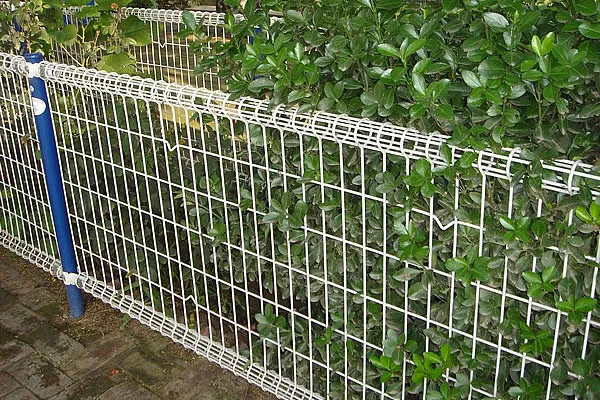 TEL:
+86-13102802206
TEL:
+86-13102802206
 Email:
fencenetting@china.com
Email:
fencenetting@china.com
 Language
Language
 TEL:
+86-13102802206
TEL:
+86-13102802206
 Email:
fencenetting@china.com
Email:
fencenetting@china.com
 Language
Language


Welding Cast Iron with Stainless Steel Wire Techniques and Considerations
Welding cast iron can present a unique set of challenges due to its inherent properties, such as brittleness and high carbon content. However, with the right techniques and materials, particularly stainless steel wire, it is possible to achieve strong, reliable welds that can enhance the performance and longevity of cast iron components. This article explores the methods and considerations for successfully welding cast iron with stainless steel wire.
Understanding the Properties of Cast Iron
Cast iron is a versatile material commonly used in various applications, from automotive parts to decorative items. Its high carbon content (usually between 2% and 4%) gives cast iron excellent castability but also makes it prone to cracking during welding. The material features a brittle structure, and traditional welding methods can lead to thermal stress and distortion.
The Role of Stainless Steel Wire
Stainless steel wire is often chosen for welding cast iron due to its corrosion resistance and mechanical properties. It provides a flexible and resilient weld that can accommodate some of the expansion and contraction associated with the welding process. When using stainless steel wire, the weld can also enhance the overall strength of the joint while protecting against rust and oxidation.
Pre-Welding Preparation
Before beginning the welding process, it is essential to prepare the cast iron surfaces adequately. This involves cleaning the metal to remove dirt, grease, paint, and rust. A clean surface ensures better penetration of the weld and helps prevent defects. Additionally, preheating the cast iron to around 400°F (204°C) can reduce thermal shock and minimize cracking.
Selecting the Right Welding Technique

Several welding techniques can be employed when using stainless steel wire on cast iron. The most common methods include
1. TIG Welding (Tungsten Inert Gas Welding) TIG welding allows for precise control over the weld pool, making it an excellent choice for thin materials or intricate designs. When using stainless steel filler wire with this technique, operators can achieve clean, strong welds with minimal spatter.
2. MIG Welding (Metal Inert Gas Welding) MIG welding can be more rapid and is often easier for beginners. It is ideal for thicker cast iron pieces. Using stainless steel wire as filler metal allows for a sound bond between dissimilar materials.
3. Stick Welding (Shielded Metal Arc Welding) Stick welding involves using coated electrodes and is a versatile option for outdoor or windy conditions. Stainless steel electrodes can be used to achieve a substantial bond, but operators need to ensure a proper match to the base metal.
Post-Welding Considerations
After welding, the importance of post-weld treatment cannot be overstated. Cooling must be controlled to prevent cracking. It is often beneficial to slow down the cooling rate with insulation or other means to avoid sudden thermal changes.
Moreover, stress relief techniques, such as annealing, can be employed to reduce internal stresses within the cast iron. Finish grinding or machining the weld may also be necessary to ensure a smooth surface and proper fit.
Conclusion
Welding cast iron with stainless steel wire can be a rewarding endeavor when approached with careful planning and execution. By understanding the material properties, preparing the workpiece adequately, selecting the appropriate welding technique, and following through with proper post-weld treatment, welders can create strong, durable joints. With these considerations in mind, fabricators and engineers can extend the life of cast iron components while maintaining their integrity and functionality.